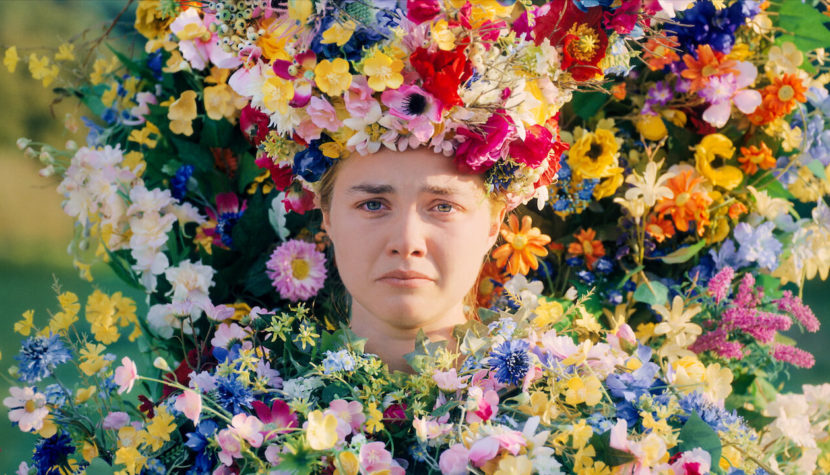MIDSOMMAR. It will make your hair stand on end

When I told a friend about Midsommar and I sent a link with a beautiful trailer, I received a reply that it is getting boring – another film in which Slavic-pagan beliefs are the source of all evil. I don’t blame him, after all, pop culture and genre have made this mythology cheap staffage for a horror movie where you butcher townspeople. Blood, cursed babies, faith in something ancient and a bloody sickle … Ari Aster’s second film is much more than the distributor’s note promises, although at times it has little to do with horror.
However, the pagan atmosphere of the director of Hereditary can be stuffy, as if taken out of Lynch’s dreams. What works the most here is contained in the visual side, making the escapade of a group of friends to a specific religious commune in Sweden an almost poetic story, studded with references and astute reflection on the intermingling of the real with the mythical. After all, in the very idea we have all the elements of a horror movie about the cult of evil, i.e. a group of unaware tourists, the slaughter of innocent lambs and a place hidden from civilization. However, Aster does not play with the genre hard enough to please its conservative fans – he is rather interested in a step forward that should be taken by fans of his previous film achievements. If ritual atrocities appear on the screen, we treat them as a precise, surgically shown process that must happen, but is not a source of horror at all. Much more frightening here is the impression that despite the progress of civilization, changing mentality and times – cultism is still firmly inscribed in our genetics, perhaps even more today than at any time in recent decades. If something is repeated too often in people’s minds, even in the form of a para-religious mantra, it becomes real. This combination of chance and Aster’s disintegration of faith can make your hair stand on end.

And all this in a very narcotic, almost trance-like scenery, where what is magical can be explained by disturbed biochemistry in the brain. So Aster deliberately lays out horrific scenes in the trailer, and matters of the age-old mystery in the film itself are part of the background. This intertwined world is unpleasant only when we are outside its circle, and the choice is simple – submit or die. The mechanisms of tribal functioning are well-developed here, and the goal of Midsommar, a traditional Swedish pagan holiday, is not only hedonistic and thanksgiving rituals, but also maintaining a balance between what is barricaded and (according to community members) broken. It is not without reason that the director shows that it was the Americans who got lost in this reality, and the presentation of the mechanism of the depicted world lasts almost two hours. All this is embellished with mastershots, playing with filters, as well as playing with detail. Returning to the world of pagan madmen will be as satisfying as the first virginal one.
Related:

Oh yes, this beautiful vision should be praised, which, although it does not try to scare us, arouses anxiety, a bit like meteopathy when a storm or strong wind is approaching. Saturated with colors, beautifully framed and brilliantly acted, Aster’s second film cements the status of an interesting and searching artist.
However, this is not only a daring jostling in the film industry of a young director, but also strengthening her face and good impression by Florence Pugh, one of the most interesting actress of her generation. One that undoubtedly has a good nose for acting material, as well as its own interpretation choices for the characters she plays. Nothing and no one gets lost in these wide fields, and the hot summerstarts to get really stuffy.





